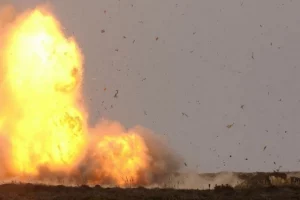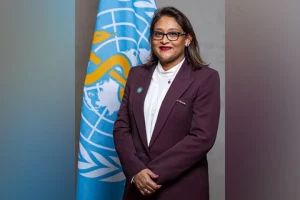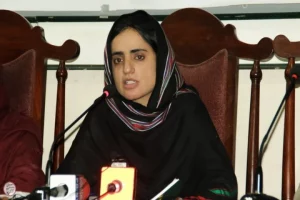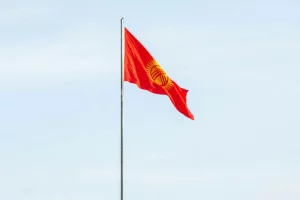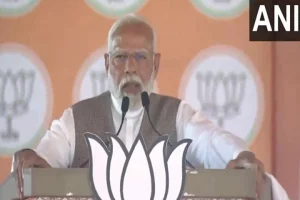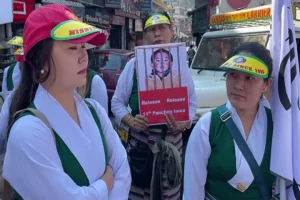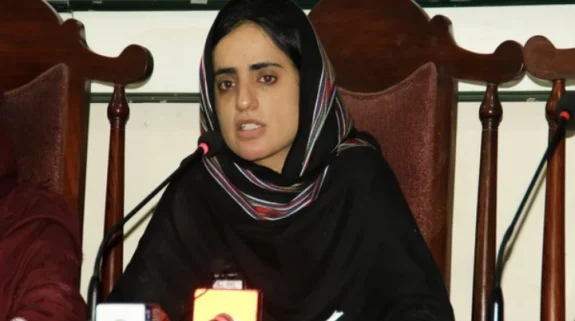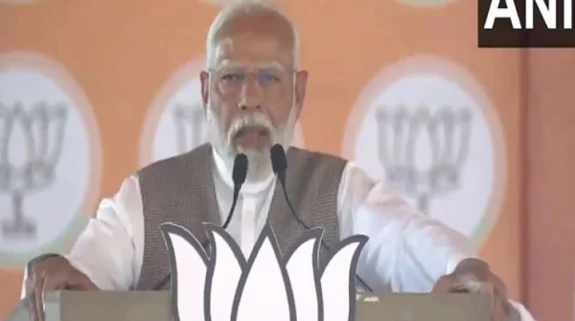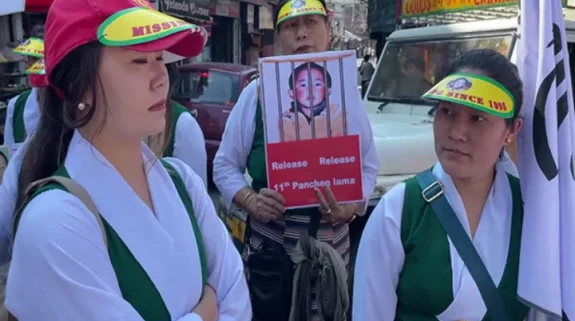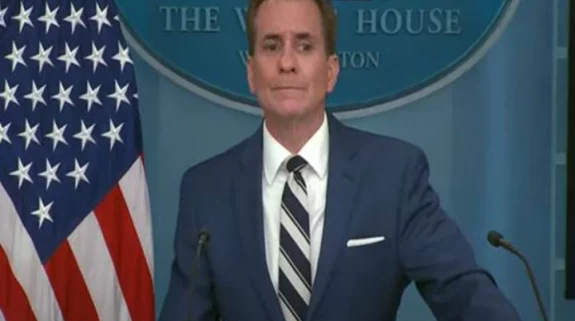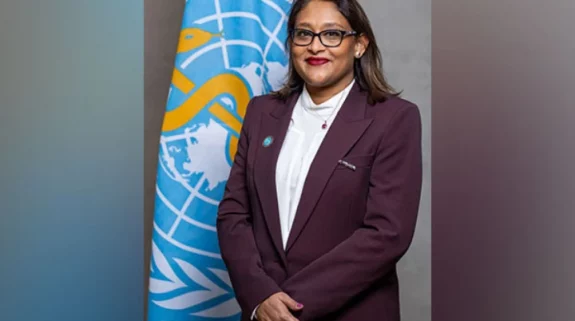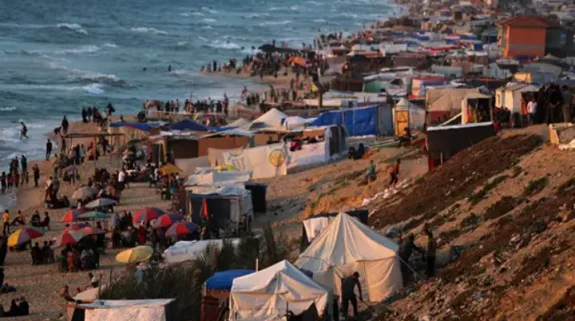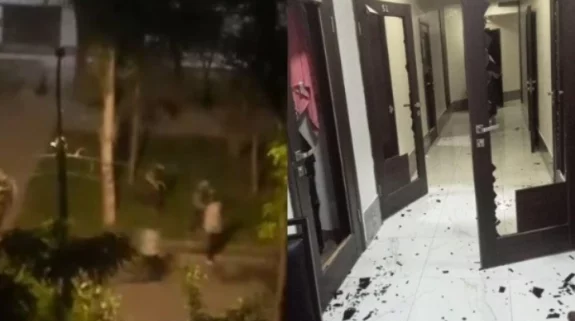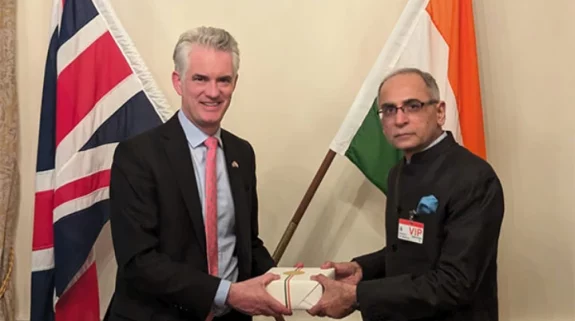India-Nepal relations are finally moving towards a thaw. Last month, the visit of Research and Analysis Wing (RAW) chief Samant Kumar Goyal, and the scheduled visit of Indian Army Chief on November 4, shows that the both the nations are eager to resolve outstanding issues between them. In a mission to strengthen defence, security and overall ties with Nepal, General Manoj Mukund Naravane, Chief of the Army Staff, Indian Army, will arrive in Nepal on November 4 on a three-day visit.
Nepal-India ties have reached an all-time low due to their boundary dispute. Over the past year, there have not been any meaningful talks between the two countries except some bureaucratic meetings between representatives of Nepal’s foreign ministry and the Indian embassy in Kathmandu.
The first direct contact between the two leaders happened with Prime Minister KP Sharma Oli’s ice-breaking phone call, when he dialled Prime Minister Narendra Modi on August 15 to wish India on its 74th Independence Day. A month later on September 17, Oli greeted Modi on his 70th birthday and vowed to continue to work closely together towards strengthening bilateral relations. Prime Minister Modi thanked the Nepal premier and said that he looked forward to further strengthening India-Nepal ties, based on the two neighbour’s shared culture and history. Since then back channel diplomacy was on.
The first sign was when RAW chief Goel landed in Kathmandu on October 23 and held meetings not only with PM Oli, but also the heads of security agencies including the Nepal Army chief, and other politicians. The premise of the meeting, according to Oli’s press advisor “not allowing interruption in friendly relations between Nepal and India, resolving all the outstanding issues through dialogue and continuing mutual cooperation.” But experts believe it was a preamble to a scheduled visit of Indian Army chief General MM Naravane to Nepal in the first week of November.
It is being said that the army chief's is as per an age-old tradition, where the Indian Army Chief is conferred the rank of an honorary General of the Nepali Army by the President of Nepal. Nepal and India have a historic tradition of conferring the honorary title to each other's army chief since 1950.
General Naravane will be formally conferred the title of Honorary Chief Of Nepal Army by the President of Nepal Bidya Devi Bhandari after which he is scheduled to meet Oli who is the country's Defence Minister.
According to the <em>Hindustan Times</em>, this visit is very important as it could formally bury “the orchestrated controversy over road construction via Lipulekh for pilgrimage to Mansarovar in Tibet.” As India firmly believes that the Kalapani map controversy was the result of Nepal’s domestic politics, it is willing to extend a hand of friendship to Kathmandu to restore their age-old relations.
According to the sources, Oli is keen to revive the Pancheshwar multi-pupose project on river Mahakali which was first envisaged 24 years ago as part of the Mahakali treaty that India and Nepal signed in 1996. It includes setting up two hydro-electric plants with a total installed capacity of 5,040 MW and a 315 metre-high dam to meet the power and irrigation requirements of the two countries. The project had received fresh impetus after the Narendra Modi-led NDA government came to power in 2014. Modi had, during his Nepal visit in 2014, talked about expediting the project. Then, during his visit to Nepal in May 2018, Modi had again pushed for expediting the project.
India is not only a key development partner of Nepal; it is also the largest friend in terms of trade, transit, investment, infrastructure, technology, energy, education, healthcare and so on.
India and Nepal not only share a 1,750-km long, porous border but also a unique people-to-people relationship (many Nepali citizens, for example, own land and property in India). India is also Nepal’s largest trade partner and contributor of foreign direct investment. Geography, history, and economy make Nepal and India natural partners, sharing vital interest in each other’s freedom, integrity, dignity, security and progress. People-to-people relations are unique strengths of bilateral relations.
Today New Delhi-Kathmandu cooperation extends to areas such as education, agriculture, connectivity, hydropower, tourism, industries, defence etc. India always adhered the neighborhood’s first policy. Nepal is part of China’s Belt and Road Initiative (BRI) and also signed the Trade and Transit Agreement but China can never be to Nepal what India is.
For the entire community of Gorkha soldier pensioners in Nepal, the Indian Army chief is the only recognised “Sarkar”. Then, there are lakhs of Nepalese living, studying and working in India and that is a unique and unbreakable bilateral bond which has survived the worst of times in bilateral relations.
A new chapter in India-Nepal relations is not possible without frequent and broad-based political engagement, and closer cooperation. It is critical for India and Nepal to see each other as development partners, and work towards finding viable areas of cooperation. Modi had called relations between India and Nepal, "as timeless as the Himalayas and the Ganga," during his first visit to Kathmandu in 2014. The onus now lies with the two governments to ensure bilateral relations surge to Himalayan heights, and evolve continually by accommodating new ideas..






